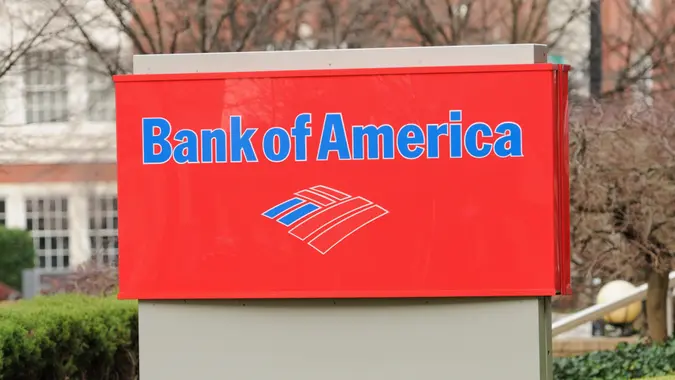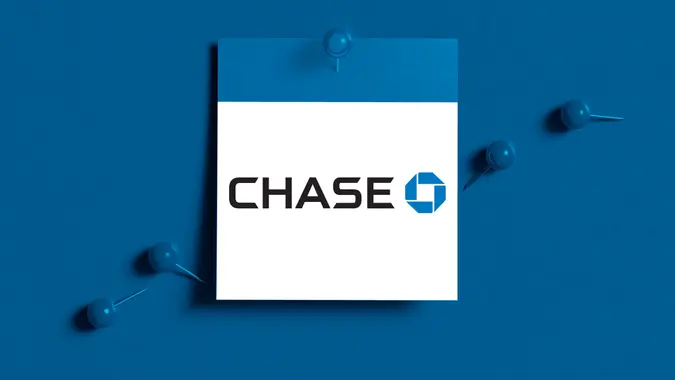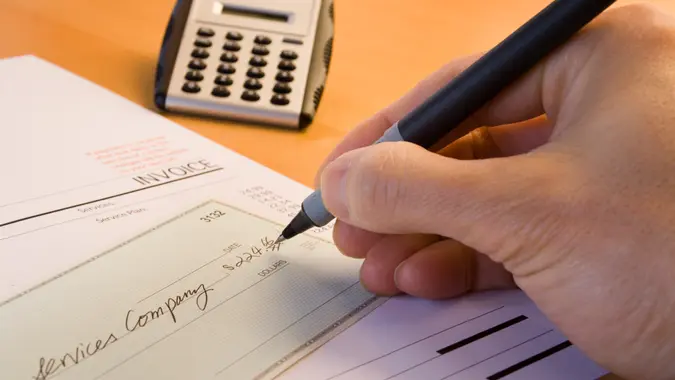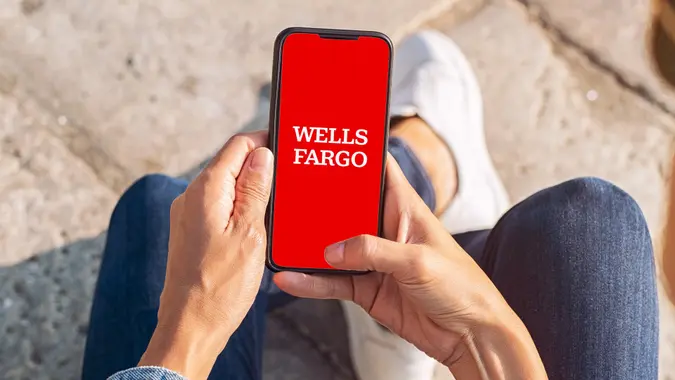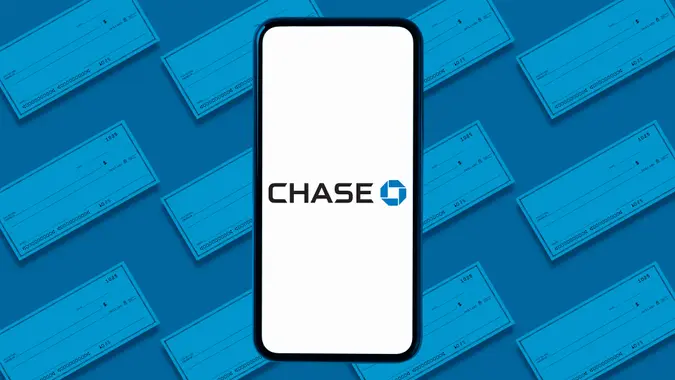Your Guide To Chase Bank SWIFT Codes
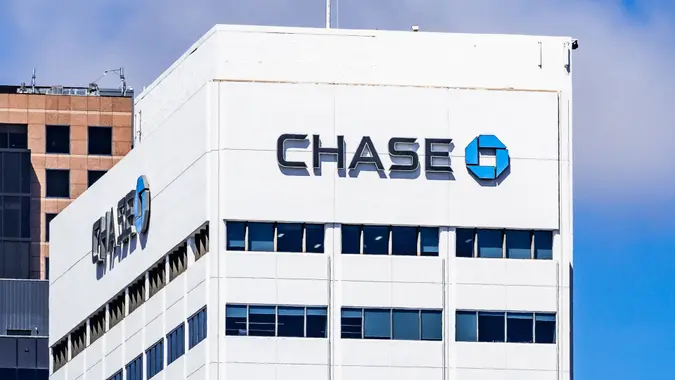
Commitment to Our Readers
GOBankingRates' editorial team is committed to bringing you unbiased reviews and information. We use data-driven methodologies to evaluate financial products and services - our reviews and ratings are not influenced by advertisers. You can read more about our editorial guidelines and our products and services review methodology.

20 Years
Helping You Live Richer

Reviewed
by Experts

Trusted by
Millions of Readers
A SWIFT code is a unique set of characters that identifies your bank. If you’re receiving an international wire transfer, you’ll need to provide your bank’s SWIFT code. Read on to learn everything you need to know about Chase Bank SWIFT codes.
Here’s Your Chase Bank SWIFT Code
If you bank with JP Morgan Chase, commonly known as Chase Bank, here’s the information you’ll need to receive an international wire transfer:
| SWIFT code | CHASUS33XXX |
| Address | 270 Park Avenue, New York, NY 10017 |
You might also see the Chase SWIFT code written as CHASUS33. Either option is correct — the characters XXX at the end of a SWIFT code show that the code is for the bank’s headquarters, and these digits are optional.
Chase also has alternative SWIFT codes for different Chase branches and banking services. Not all of these codes are publicly available online, so you can find your SWIFT code by calling your local branch or logging into your Chase Bank account.
However, most wire transfers don’t require a code for your specific bank branch. Check with the person or business sending the international wire transfer — in most cases, the SWIFT code listed above will work.
What Is a SWIFT Code?
A SWIFT code is also known as a Bank Identifier Code (BIC). This unique code is made up of 8-11 characters and identifies your bank, country, city and branch. SWIFT stands for the Society for Worldwide Interbank Financial Telecommunication, a globally-owned cooperative that facilitates international transactions.
SWIFT vs. IBAN
If you’ve ever sent an international wire transfer, you might have been asked for the recipient’s International Bank Account Number (IBAN). An IBAN identifies an individual bank account, while a SWIFT code identifies a bank. The United States doesn’t currently use IBAN, so you won’t find an IBAN for your Chase Bank account.
SWIFT vs. Routing Number
Your Chase SWIFT code is not the same as your Chase Bank routing number. Routing numbers are used for domestic transfers in the U.S., not international wire transfers. You can find your Chase routing number by calling your branch or logging into your online banking.
When Do You Need a SWIFT Code?
SWIFT codes are used when making international wire transfers. So, if you’re receiving money from an overseas bank, you’ll need to provide the sender with your bank’s SWIFT code and address.
You might need your Chase SWIFT code when:
- An international customer or client needs to send money to your Chase business account.
- A friend or family member overseas is wiring money to your account.
- You are sending money to yourself from your own international bank account.
If you’re sending an international wire transfer from your Chase account, you may need the recipient’s IBAN or SWIFT code, bank address and other information. Once you enroll the recipient, you can wire money to them through your mobile banking app.
Takeaway
The SWIFT code for JP Morgan Chase Bank is CHASUS33XXX. This code identifies Chase Bank’s headquarters and can be used to receive international wire transfers. To find the SWIFT code for your individual Chase Bank branch or a separate banking service, call your local branch. However, the code listed here will work for most international transfers.
Information is accurate as of April 8, 2024.
Editorial Note: This content is not provided by Chase. Any opinions, analyses, reviews, ratings or recommendations expressed in this article are those of the author alone and have not been reviewed, approved or otherwise endorsed by Chase.
 Written by
Written by  Edited by
Edited by 












